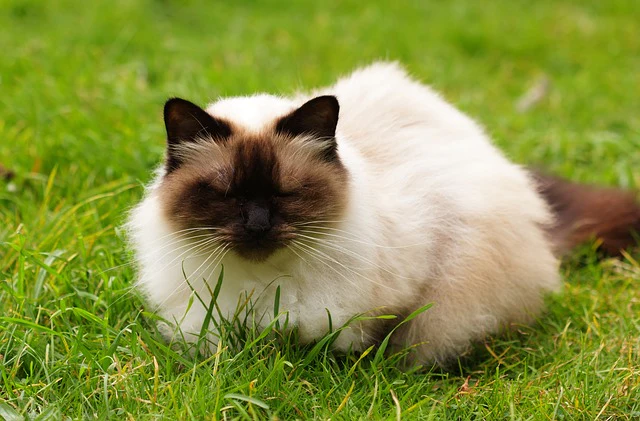Introduction:
Persian cats are renowned for their luxurious coats, sweet nature, and loving personalities. However, before considering bringing home one of these beautiful felines, it’s crucial to understand the challenges that come with their care. In this post, we’ll explore the top 14 reasons why getting a Persian cat might not be the right choice for everyone.
1. Potty Training Challenges:
- Persian cats can be difficult to potty train.
- Their stubborn nature and fluffy coats may pose challenges.
- Extra time and patience are required for successful housebreaking.
2. Costly Upkeep:
- Regular grooming, food, and supplies can be expensive.
- Long, thick coats demand frequent brushing and occasional professional grooming.
- Premium quality food and toys add to the overall cost.
3. Proneness to Eye Diseases:
- Persians are prone to eye diseases due to excessive tearing.
- Regular cleaning with a special fluid is necessary.
- Nasal passage blockages can lead to breathing problems.
4. Traveling Difficulties:
- Persian cats may find travel distressing due to their size and temperament.
- Introduce them gradually to new environments before transitioning fully.
- Ensure a spacious carrier with proper ventilation for comfortable travel.
5. Fur Maintenance in Small Spaces:
- Daily grooming is necessary for Persian cats with lush long fur.
- Small living spaces can make grooming time-consuming.
- Adequate space is essential for the cat to move freely and keep its fur clean.
6. Picky Eating Habits:
- Persian cats may reject certain foods, leading to fasting.
- Changes in meals should be approached cautiously.
- Consult a vet before introducing new food to avoid health issues.
7. Attention-Seeking Behavior:
- Regular calming is required to prevent mat formation in their undercoats.
- Persian cats may demand more attention and care than other breeds.
- Positive reinforcement is essential to maintain their well-being.
8. Messy Eating Habits:
- Persian cats, with their flat cheeks, can be messy eaters.
- Drooling tendencies may lead to lint on carpets and furniture.
- Regular grooming becomes challenging due to outdoor play habits.
9. High Cost of Ownership:
- Persian cats are among the most costly breeds.
- Purebred status, luxurious features, and calm disposition contribute to the high price.
- Costs may range from $1,000 to $5,000 depending on various factors.
10. Brachycephalic Concerns:
- Persian cats may exhibit signs of brachycephaly.
- Health issues, including respiratory conditions, are linked to brachycephalic head forms.
- Severity of brachycephaly increases the likelihood of welfare problems.
11. Occasional Bathing Requirements:
- Frequent maintenance tasks include daily brushing, occasional bathing, and nail trimming.
- Proper execution of grooming tasks is crucial for their well-being.
12. Specialized Dietary Needs:
- Persian cats require special food due to their laid-back lifestyle.
- Lack of movement may lead to weight problems, necessitating careful dietary considerations.
13. Low Activity Levels:
- Persians are not high-energy cats and may not engage in vigorous play.
- Their laid-back nature makes them less suitable for active households.
- Ideal for those seeking a quieter companion.
14. Compatibility with Other Animals:
- Persian cats may not be as friendly towards other animals like dogs or birds.
- Introduction to other pets should be gradual to avoid confrontations.
- Research and patience are key for successful integration.
Conclusion:
While Persian cats are beloved for their beauty and sweetness, potential owners should carefully consider these 14 reasons before making a decision. Understanding the challenges and responsibilities associated with Persian cat ownership is crucial for ensuring a happy and healthy life for these exquisite feline companions. Fully
